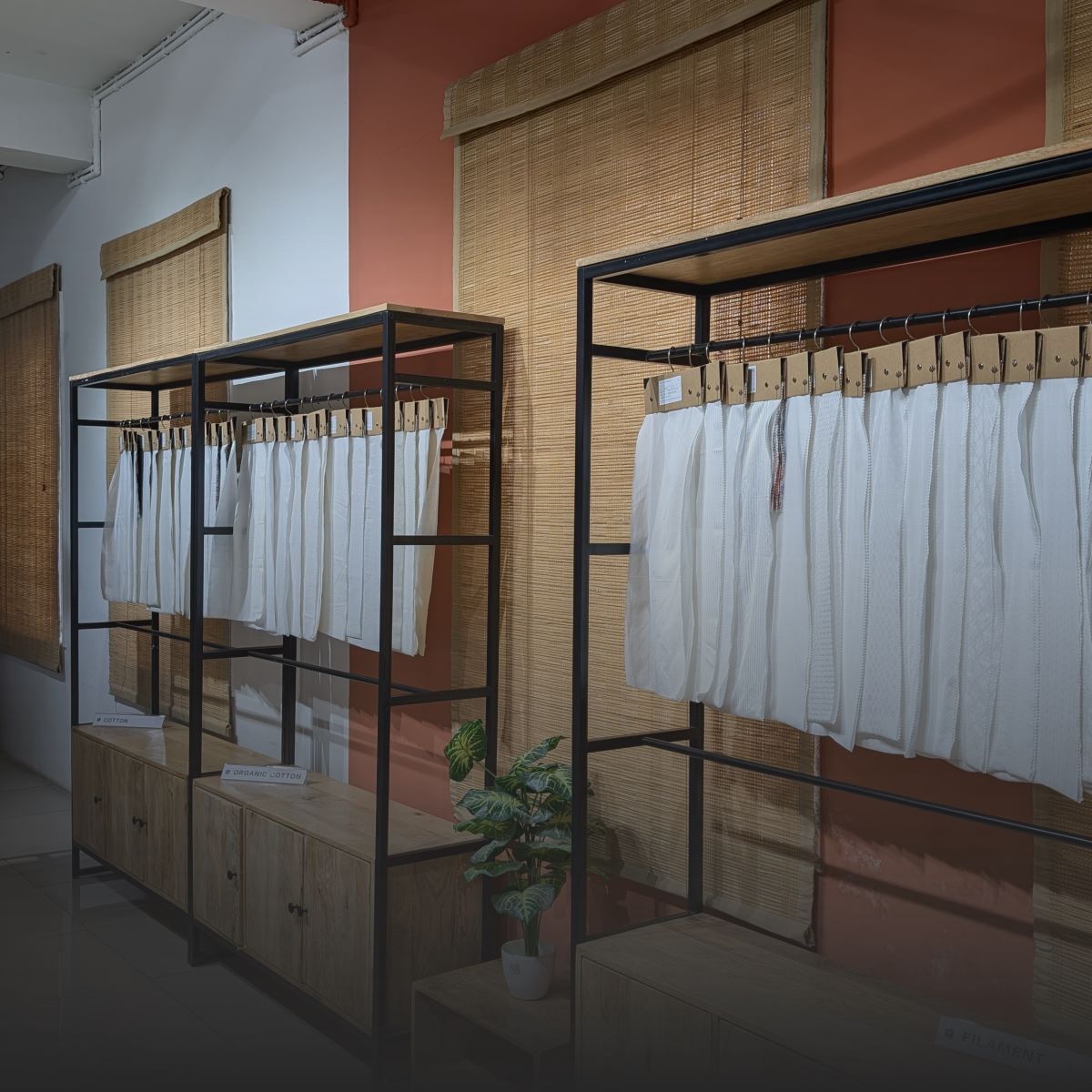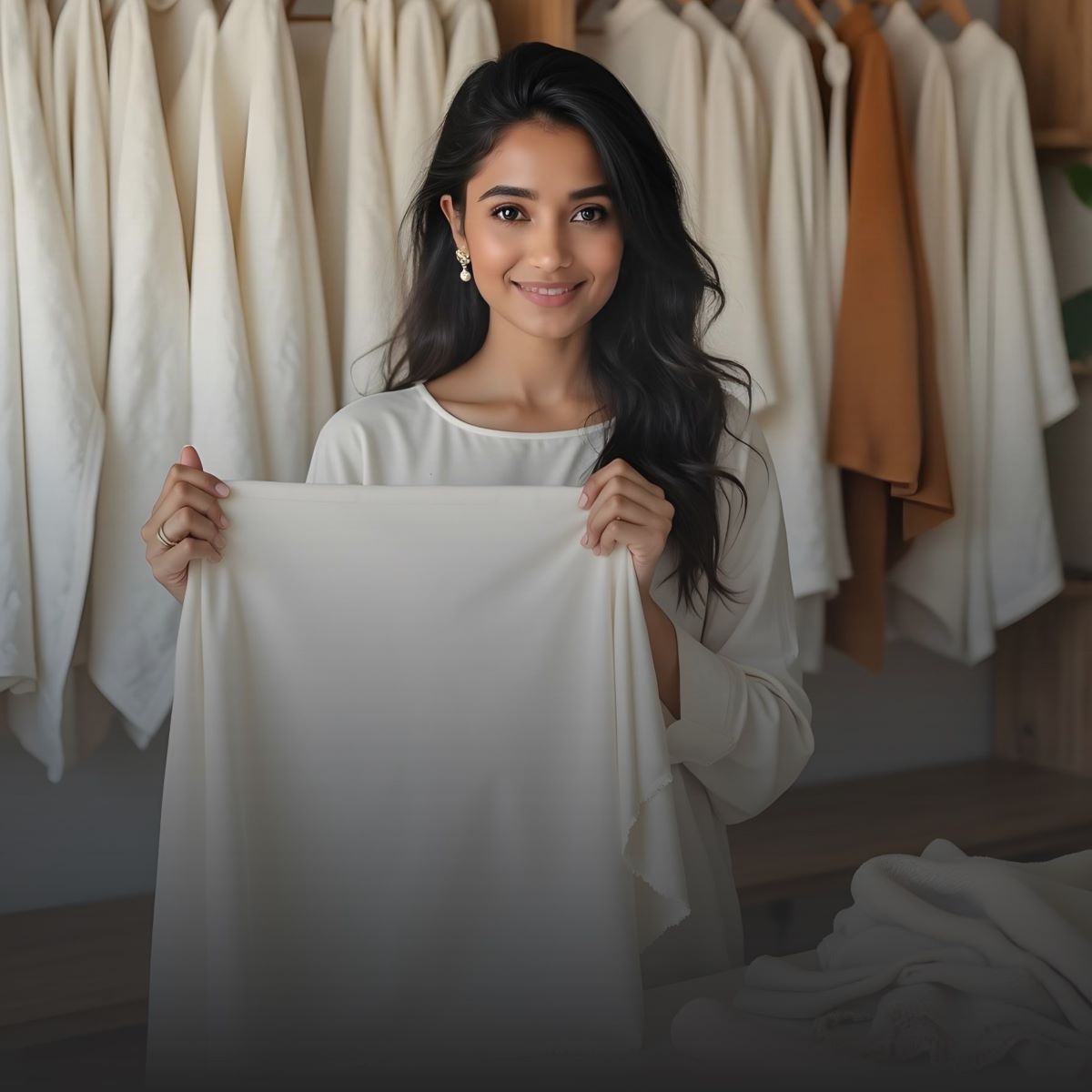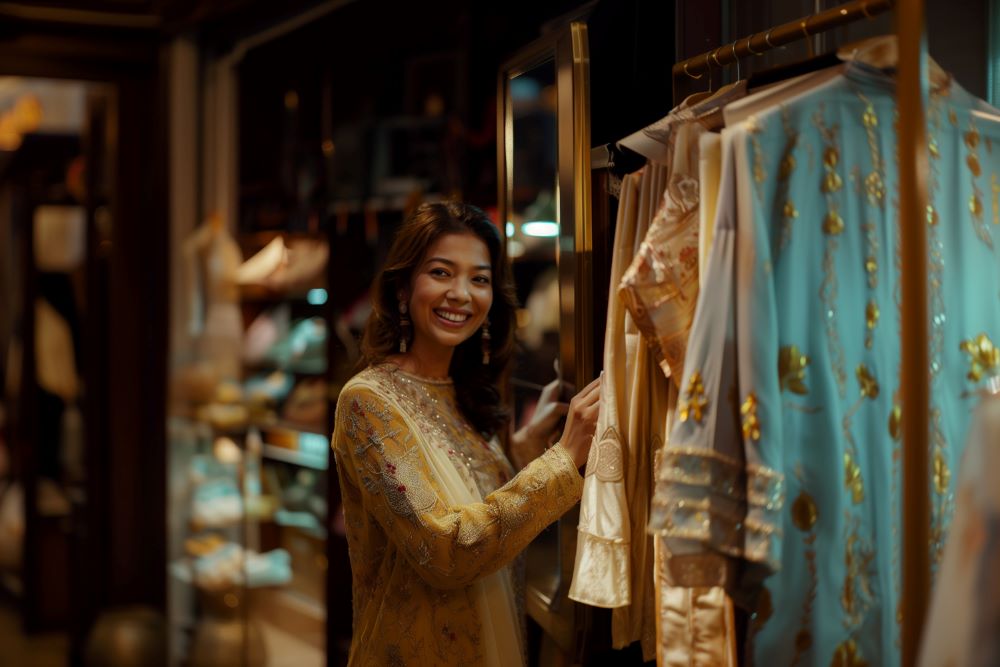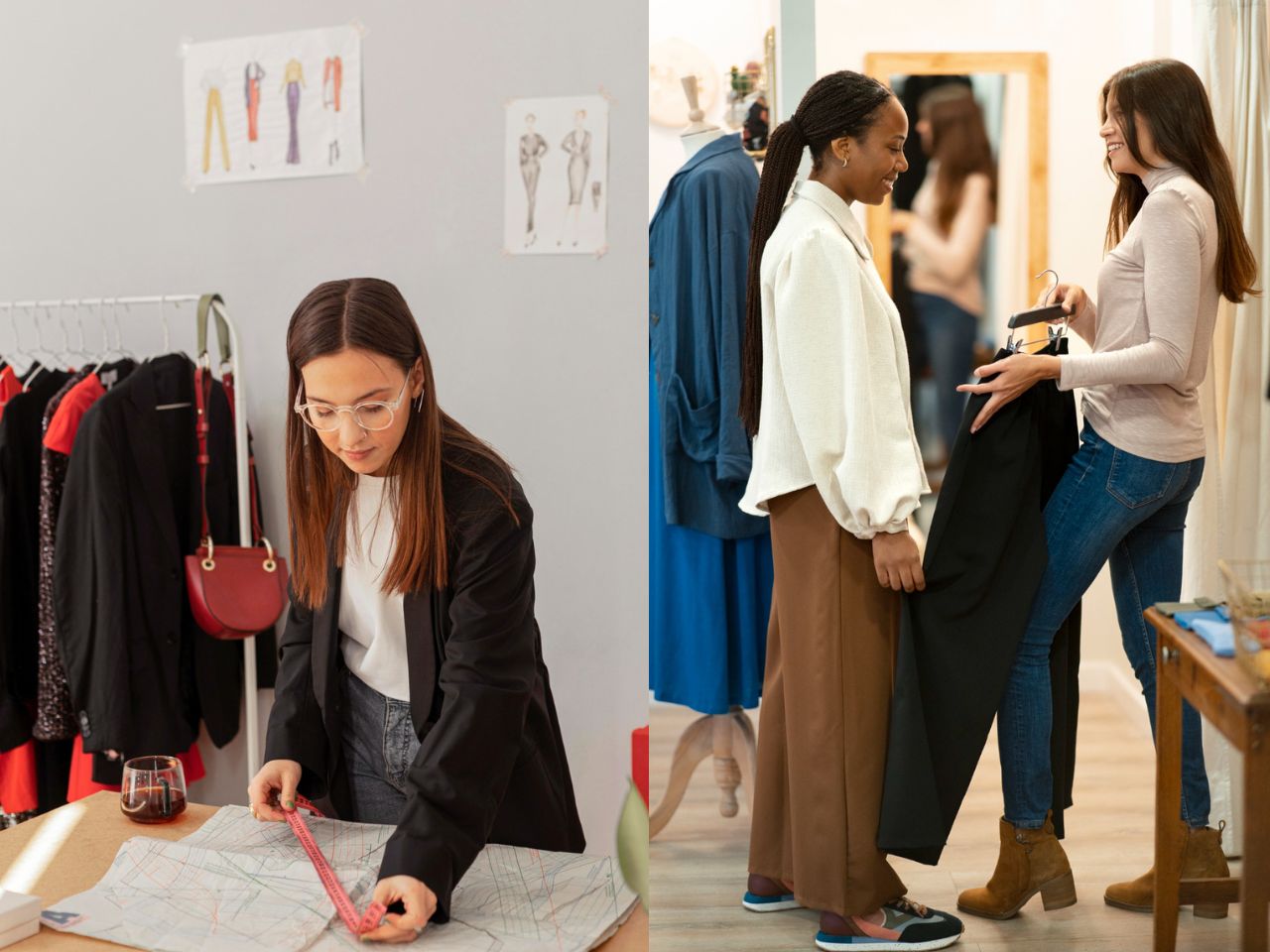Introduction
The word fashion has a lot of charm, or more so the fashion industry. The fashion industry is dynamic and fast-growing, or rather, this line is filled with many opportunities for entrepreneurs. The rich textile heritage and the growing middle class are fueling the demand for various fashion products. Starting a fashion business in India requires thoughtful planning and a solid understanding of the costs involved. This article presents a detailed analysis of the costs involved in starting a fashion startup in India and the costs involved in starting any startup in the country to help aspiring entrepreneurs make a well-informed choice.
You Can Also Read This For More Related Information: Top Shopify themes for Fashion Business
Key Cost Factors And Steps To Start A Profitable Fashion Business In India

Understand what goes into developing a fashion firm before going into figures. From finding a niche and branding to sourcing materials and setting up sales channels, every step takes time and money. To assist you make sensible, strategic business decisions, let's examine these crucial components and estimate costs.
1. Defining Your Fashion Business
Before you start worrying about money, you should make sure you know what kind of business you're running. Are you interested in western clothes, foreign clothes, or fusion fashion? Finding your niche helps your products meet the needs of a particular market. Do in-depth market study to find out what your target audience likes, how much money they have to spend, and how they shop. This first step has an effect on many cost factors, such as the design of the product, the marketing strategies used, and the sales platforms used.
2. Business Planning and Legal Formalities
In India, starting a fashion business requires a lot of legal paperwork. Whether you choose a sole proprietorship, a partnership, or a private limited company as your business form, it will affect how you register and pay your taxes. Important applications include:
- GST Registration: Businesses that make more than ₹20 lakhs a year have to do this.
- Trade License: Published by the city government.
- Trademark Registration: Keeps your brand's image safe.
These legal procedures might cost between Rs 10,000 and Rs 50,000, depending on case complexity and professional fees.
3. Product Development and Sampling
Putting together your collection takes a lot of time and money. Expenses for this phase are:
- Designing: Either hiring designers or buying tools for design.
- Sampling: Making prototypes to make sure the ideas are perfect.
-
Materials: Getting fabrics and trims for the models.
There is a wide range of prices for different types of sampling, but the average cost for making a single sample is between ₹2,000 and ₹5,000. The anticipated investment for a collection of 10 designs ranges from ₹20,000 to ₹50,000.
4. Sourcing Materials and Manufacturing
To ensure profitability, it is essential to have access to supplies that are both affordable and of high quality. A wide range of "textile suppliers" and manufacturers is available in India. The following are the key aspects to consider:
- Supplier Selection: When choosing a supplier for any industry, examine criteria such as pricing, quality, MOQs, reliability, and so on.
- Minimum Order Quantity (MOQ): Generally, larger sales result in lower per-unit costs.
- Manufacturing Cost: The cost of production is affected by the complexity of the design and the materials chosen.
Considering the factors mentioned, the cost of making 100 pieces of a garment can range from ₹50,000 to ₹1,000,000.
5. Branding and Marketing
In the fashion market, where competition is high, it's important to build a strong brand personality. The costs in this area include:
- Logo and Packaging Design: Prices for professional help can range from ₹10,000 to ₹30,000.
- Campaigns for marketing: Digital marketing, working with influencers, and ads.
- Website Development: It can cost anywhere from ₹20,000 to ₹1,000,000 to build an e-commerce site that works.
Allocating a marketing budget of ₹50,000 to ₹2,00,000 is advisable for initial brand promotion.
6. Setting Up Sales Channels
Choosing between online and offline sales platforms can affect how much it costs to start your business:
-
Online Store: Lower costs, but you have to spend money on digital marketing and website creation.
- Physical Store: Higher start-up costs because of rent, setting up the space, and hiring staff.
It could cost between ₹50,000 and ₹150,000 to open an "online fashion store." On the other hand, it could cost between ₹5,000,000 and ₹15,000,000 to open a physical store, based on where it is located and how big it is.
7. Operational Costs
The ongoing operational expenses consist of:
- Compensation for Employees: Engaging qualified professionals in design, marketing, and sales.
- Inventory Management: Warehousing and Logistics.
- Utilities and Rent: That are particularly significant expenses for physical locations such as shops, warehouses, and godowns.
Monthly operational costs typically range between ₹1,00,000 and ₹5,00,000, depending on the scale of the business and its location.
8. Technology and Tools
Increasing productivity with investments in the appropriate technology:
- Design Software: Software for design, such as Adobe Illustrator or CorelDRAW, among other programs.
- Inventory Management Systems: The purpose of inventory management systems is to monitor customer purchases and stock levels.
- Customer Relationship Management (CRM): CRM's main goal is to manage and improve client contacts throughout their lifecycle, improving customer happiness, retention, and business growth. CRM systems track, analyse, and manage customer interactions across sales, marketing, and customer care channels.
In the realm of technology, the initial expenditure can range anywhere from ₹50,000 to ₹2,000,000.
9. Financial Planning and Funding
Launch costs must be estimated for financial planning. A small to medium-sized fashion startup in India may need an initial investment of ₹10 to ₹50 lakhs. Personal savings, bank loans, and investor finance are all options because when it comes to business, you really need to put your money where your mouth is.
- Personal savings: It is frequently a typical approach for new business owners.
- Bank Loans: To qualify for a bank loan, you need to have a sound business plan and collateral.
- Investor Funding: Obtaining funding from investors refers to luring angel investors or venture capitalists.
For any business to assure both sustainability and growth potential, proper financial planning is essential.
10. Challenges and Risk Management
Every business presents its unique challenges, and the fashion industry is certainly no different. The fluctuations in raw material prices and the evolving preferences of customers can have a considerable impact on your business. Typical obstacles consist of:
- Unreliable supply chains.
- Excess production and unpurchased stock.
- Timelines have been pushed back because of the lack of structured sampling.
- Categories that are currently facing market saturation.
To deal with these risks, you need to handle your inventory well, build strong relationships with your suppliers, and have well-thought-out plans for launching new products. Having an emergency fund and flexible production plans can also help you deal with problems that come up out of the blue, like a pandemic, regular drops in demand, or transportation problems.
11. Government Schemes and Support
The Indian government has rolled out several initiatives that can benefit fashion entrepreneurs:
- Startup India Scheme: Offers tax benefits, funding support, and ease of doing business.
- MUDRA Loans: Microloans for startups through non-collateral lending.
- MSME Registration: Enables access to government tenders and subsidies.
- Textile Parks and Skill Development Initiatives: Build competent people and cut infrastructure costs.
Utilising these schemes can greatly lessen your initial capital needs and ongoing expenses.
12. Scaling Your Fashion Business
When your fashion brand's goods and market fit, the next step is to grow. Among these are:
- Expanding product lines
- Entering new markets (domestic or international)
- Collaborating with influencers or larger platforms
- Automating operations and outsourcing non-core tasks
Scaling introduces various expenses, particularly in areas such as hiring, warehousing, and marketing. Nonetheless, when approached with a strategic mindset, it can lead to significant revenue growth.
Make sure your backend, including production, logistics, and customer support, is strong before moving forward with expansion. Keep a close eye on your cash flow and continue to reinvest wisely in what proves effective.
Real-World Example: Launching A Fashion Brand In India

If you want to enter India's fast-paced fashion business, a good idea is to start a women's ethnic wear brand. Ethnic clothes like kurtis, sarees, and lehengas always sell well, especially when dressed in a way that appeals to Instagram-savvy millennials.
Since most people shop online, the best thing you can do is launch as a digital-first brand with tools like Shopify. Start with a small initial inventory to lower your risks and see how customers react.
Starting a Women's Ethnic Wear Brand? Master classic styles, find the correct fabrics, and establish a brand clients enjoy. — Read our blog now! Women's Dresses Based on Regional and Ethnic Styles.
1. Estimated Initial Setup Costs
Here's a realistic breakdown of your initial investment:
|
Category |
Estimated Cost (INR) |
|
Product Design & Sampling |
₹60,000 |
|
Fabric & Raw Material |
₹1,00,000 |
|
Manufacturing (200 pieces) |
₹1,50,000 |
|
Branding, Logo, Packaging |
₹15,000 |
|
Website (Shopify Setup & Design) |
₹40,000 |
|
Marketing (First 3 months) |
₹60,000 |
|
Photography & Content Creation |
₹30,000 |
|
Logistics, Team & Miscellaneous |
₹75,000 |
|
Total Estimated Cost |
₹5,30,000 |
2. Key Factors That Affect Your Final Cost
Even though ₹5.3 lakh is a good starting point, your actual costs may be higher or lower based on:
- Product Complexity: The cost of making something will increase if it has hand embroidery, beading, or intricate cuts.
- Order Quantity: Larger production runs cost less per unit but needs more money upfront.
- Supplier Location: Local sourcing may be cheaper, but verified fabric wholesalers guarantee consistency and better pricing.
- Brand Positioning: Premium brands' packaging, marketing, and appearance have to cost more.
- Marketing Intensity: You may have to pay more initially if you run expensive ads on Instagram, Facebook, or Google.
3. Tips To Reduce Initial Costs Smartly
To wisely handle costs without lowering quality:
- Start with a Limited Collection: Launch 5–7 designs first.
- Negotiate MOQs: Talk to fabric suppliers wholesale and request lower Minimum Order Quantities.
- Use Freelancers and Interns For design, marketing, and photography.
- Build a Pre-launch Audience: Promote your brand before the launch to lower customer acquisition costs.
- Consider Print-on-Demand: Especially for basic products like t-shirts and accessories.
-
Inventory Management: Produce small batches based on real-time customer response.
4. How Smart Fabric Sourcing Can Make or Break Your Fashion Brand
Fabric is the soul of any clothing line. Choosing reliable clothing material suppliers and fabric wholesalers is critical to maintaining quality and brand reputation.
Working with a trusted fabric sourcing platform like Fabriclore gives you access to:
- Small-batch quantities are ideal for startups.
- Custom dyeing and personalization options.
- Verified quality fabrics for all fashion styles.
- Transparent pricing and easy shipping.
By sourcing fabrics from authentic platforms like Fabriclore, you safeguard your brand's quality and authenticity and save time, money, and unnecessary sourcing headaches.
You Can Also Read This For More Related Information: How to acquire customers for your fashion business
Conclusion: Crafting A Fashion Brand That Lasts In India

In India, starting a fashion business takes more than just creativity. You need a well-thought-out mix of vision and strategy, love and patience, design and discipline. With a market that is growing quickly, helpful government programs, and sites like Fabriclore that make it easier to find fabrics, your fashion dreams have never been closer.
Keep in mind — it's not just about getting your foot in the door; it's about staying in the game and thriving. Focus on learning as much as you can about the market, be open to new ideas, and keep a close eye on your money. No matter how much money you have—₹5 lakhs or 50 lakhs—good planning and thoughtful execution will always help you stay ahead.
You Can Also Read This For More Related Information: How to define your target audience for your fashion business
If you want to buy wholesale fabric in the USA, start by finding a trusted supplier that offers good quality fabric at affordable prices. Buying in bulk can help you save money, whether you’re a fashion designer, business owner, or someone who loves sewing. Choose a supplier that gives you many fabric options, low minimum order, and fast delivery. This way, you can easily get the materials you need for your projects.
We also happen to be a magnet for suggestions, and would love to catch yours….throw us yours on hello@fabriclore.com




